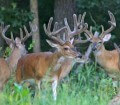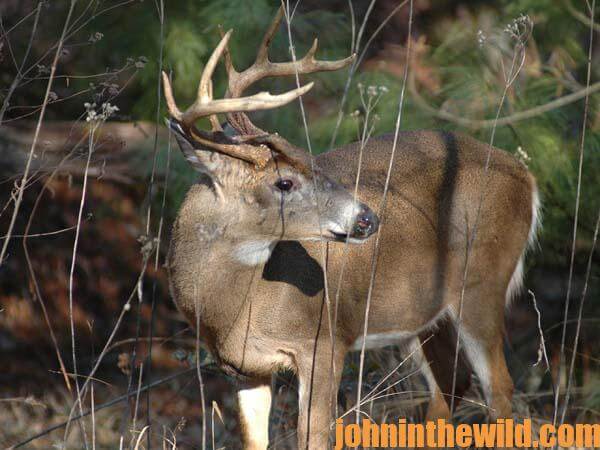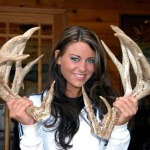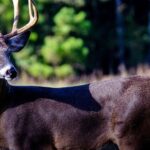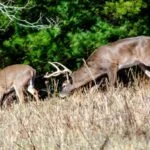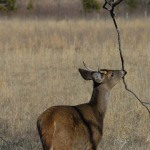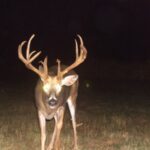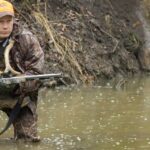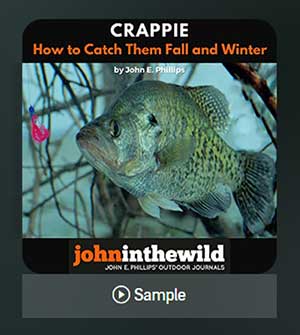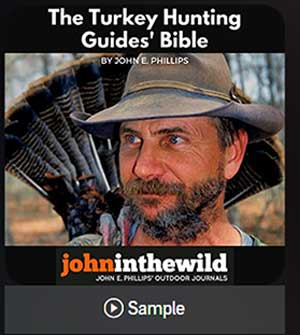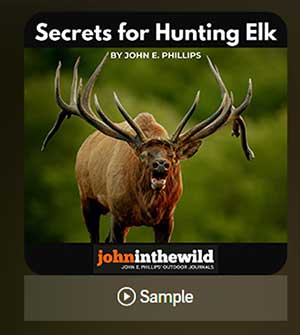John’s Note: What can you learn about deer from antlers? Do bucks grow new antlers each year? If a buck’s an 8-point deer one year, will he be a 9 point the next year? What causes some deer to have high, wide-racked antlers, while other deer may have narrow, spindly antlers? These are just a few of the questions we posed some years ago to two of the nation’s leading wildlife scientists – Dale Sheffer, the then Director of the Bureau of Wildlife Management for the State of Pennsylvania, and Dr. James G. Teer, today the Director Emeritus of the Welder Wildlife Foundation, in Sinton, Texas.
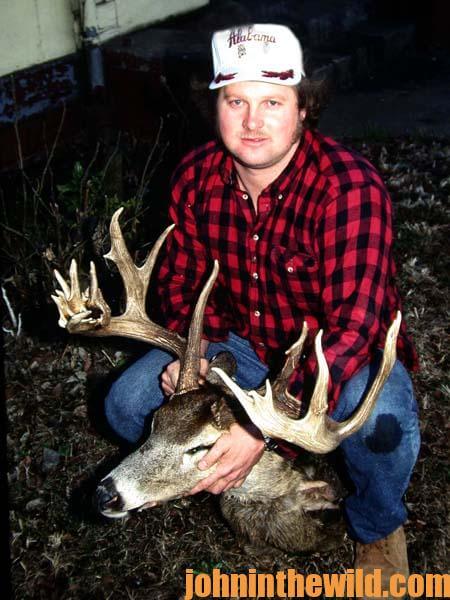 Of fascination to all of us is the fact that deer shed their antlers each year. According to Dr. Teer, “A pedicel on each of the frontal bones on the deer’s skull supports the antlers.”
Of fascination to all of us is the fact that deer shed their antlers each year. According to Dr. Teer, “A pedicel on each of the frontal bones on the deer’s skull supports the antlers.”
“After the breeding season, a reduction of testosterone and other hormones in the deer causes the base of the antlers, called the abscission layer, to weaken. Finally, the antlers will fall off like the leaves of a tree. A leaf always breaks away from the branch at the stem, which is the same way antlers break away from the abscission layer on the skull. I’ve seen antlers fall off when a deer merely shakes his head.”
Dale Sheffer compared a deer’s antlers growing and then being shed each year to a cancerous growth. “Antlers are much like a cancerous growth as the antlers grow very fast and have a large blood supply sent to them during the time of year the antlers grow. But once the antlers fully mature, the blood supply is turned off to the antlers, which makes the antlers hard. As the amount of light per day declines, the blood recedes from the antlers, causing the antlers to die. The antlers become like a scab or a sore throat and then either drop off or fall off one day.”
grow very fast and have a large blood supply sent to them during the time of year the antlers grow. But once the antlers fully mature, the blood supply is turned off to the antlers, which makes the antlers hard. As the amount of light per day declines, the blood recedes from the antlers, causing the antlers to die. The antlers become like a scab or a sore throat and then either drop off or fall off one day.”
Deer experience no pain when their antlers drop off, because no feeling is present in the antlers, which have no blood supply.
If a buck’s antlers are removed prior to the breeding season, more than likely he won’t breed. Sheffer mentions, “If that buck is the only male in the herd, he will breed. But even a little spike buck will breed does if the herd buck loses his antlers before breeding season. The antlers do contribute to the buck’s ability to breed a doe.”
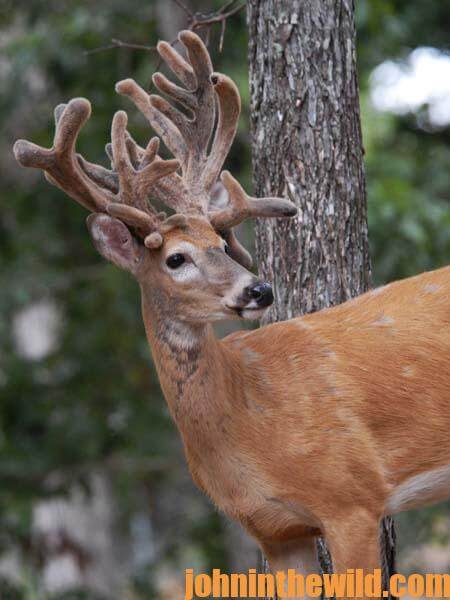 Too, by studying shed antlers after the season, you can look at an array of antlers picked up over a number of years and see trends in antler development. As Teer emphasizes, “For instance, if you picked up as many shed antlers as you could find on a particular piece of property, perhaps during the year 1977, and the total weight of those antlers was five kilograms, and then in 1990 you gathered antlers of all age classes on that property, and the antlers weighed six or eight kilograms, you’d know the antlers overall in this specific place were larger, but also some age biases would exist.”
Too, by studying shed antlers after the season, you can look at an array of antlers picked up over a number of years and see trends in antler development. As Teer emphasizes, “For instance, if you picked up as many shed antlers as you could find on a particular piece of property, perhaps during the year 1977, and the total weight of those antlers was five kilograms, and then in 1990 you gathered antlers of all age classes on that property, and the antlers weighed six or eight kilograms, you’d know the antlers overall in this specific place were larger, but also some age biases would exist.”
To learn more about deer hunting, you can get John E. Phillips’ Kindle eBooks, “How to Hunt Deer Up Close: With Bows, Rifles, Muzzleloaders and Crossbows,” “PhD Whitetails: How to Hunt and Take the Smartest Deer on Any Property,” “How to Take Monster Bucks,” and “How to Hunt Deer Like a Pro,” or to prepare venison, get “Deer & Fixings.” Click here to get these books.
Share this page with a friend!
About the Author
John Phillips, winner of the 2012 Homer Circle Fishing Award for outstanding fishing writer by the American Sportfishing Association (ASA) and the 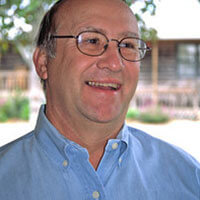 Professional Outdoor Media Association (POMA), the 2008 Crossbow Communicator of the year and the 2007 Legendary Communicator chosen for induction into the National Fresh Water Hall of Fame, is a freelance writer (over 6,000 magazine articles for about 100 magazines and several thousand newspaper columns published), magazine editor, photographer for print media as well as industry catalogues (over 25,000 photos published), lecturer, outdoor consultant, marketing consultant, book author and daily internet content provider with an overview of the outdoors.
Professional Outdoor Media Association (POMA), the 2008 Crossbow Communicator of the year and the 2007 Legendary Communicator chosen for induction into the National Fresh Water Hall of Fame, is a freelance writer (over 6,000 magazine articles for about 100 magazines and several thousand newspaper columns published), magazine editor, photographer for print media as well as industry catalogues (over 25,000 photos published), lecturer, outdoor consultant, marketing consultant, book author and daily internet content provider with an overview of the outdoors.

